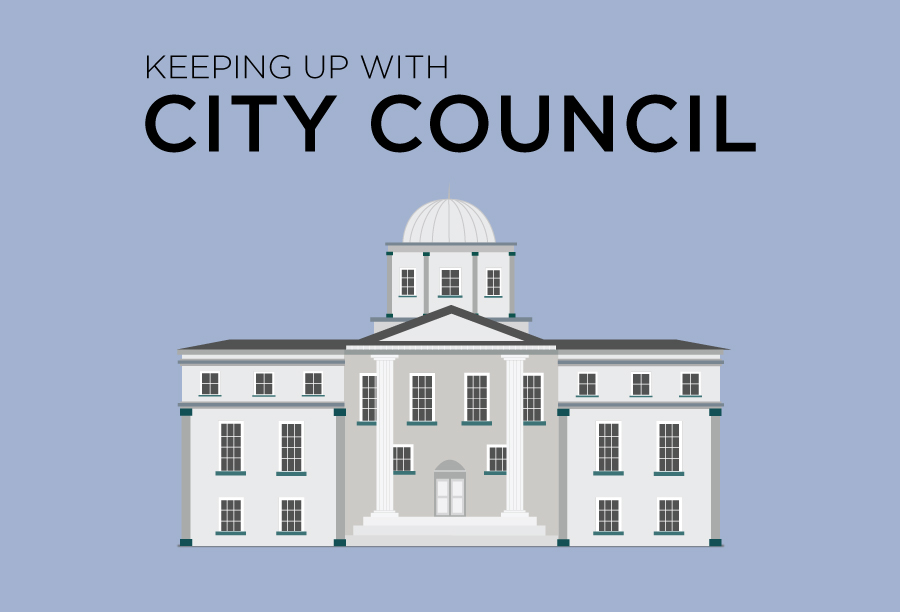
Safety, economic feasibility considered for construction
At the May 3 Davis City Council meeting, the council reviewed proposals for a new bike path starting from The Cannery, located at 1550 Cannery Ave., and extending throughout the city. In addition to a recommended plan, Bike Path Option 1, the council also reviewed The Cannery’s grade-separated crossing options feasibility study, which consists of six bike path alternatives.
Brian Mickelson, assistant city engineer, recommended the council to adopt Bike Path Option 1, which has an estimated cost of $1.4 million. He also said that city staff should be directed to coordinate with The Cannery developer to begin construction on the bike path.
Option 1 includes a path from The Cannery that runs South, parallel to the railroad tracks, and eventually connects to the bike path on Covell Boulevard.
The Cannery residents expressed concern with the recommended option and asked the council to consider alternatives.
“The proposal before you for Option 1 suggests that we send our children…over the overpass which for an 8- or 10-year-old is going to be quite a hike, down the other side dumping onto a very busy street to a crosswalk that just last week was the result of a very serious pedestrian versus motor vehicle collision,” said Craig Blomberg, a long-time bike commuter and resident of The Cannery, at the meeting.
Niall Gutierrez who recently bought a home at The Cannery urged the council to evaluate other bike path options and said he didn’t believe Option 1 would be a useful solution.
“I just can’t see having [my children] go over that overpass, I’d much rather them cross by J Street,” Gutierrez said at the meeting.
Councilmember Lucas Frerichs agreed with members of the public saying that Option 1 is not the correct plan for the community.
Mickelson also presented six possible alternative crossings at the city council meeting. Alternatives 1, 2, 3 and 4 include overcrossings of the Union Pacific Railroad near Covell Boulevard while Alternatives 5 and 6 include under-crossings.
Alternative 1 and 2 would cost $7.3 million, Alternative 3 would cost $7.9 million while Alternative 4 would cost $6.4 million.
Alternatives 5 and 6 have an estimated cost of $10.7 million and $10.4 million, respectively.
The Cannery is only required to cover $1.4 million of the costs for bike path constructions and development. If the city chooses a more expensive alternative, it would be responsible for paying the difference.
Councilmember Brett Lee explained he preferred Alternative 4 because, unlike most of the other alternatives, it involves no backtracking.
“Rather than spend $1.4 million, if we’re going to spend the money we might as well spend a little more and actually get something better,” Lee said at the meeting.
Lee emphasized the importance of considering the 20 to 30 year long-term effects of the implemented infrastructure.
“The difference between 6.4 and 1.4 [million dollars] is not fully borne by the city that actually it’s a shared cost increase. The Canney will benefit because it will be a superior option and benefit the residents there. For the the city it will be a superior option it’ll benefit the residents,” Lee said at the meeting.
The council concurred that the costs should not only be carried by the city but should be shared between the city and the developer, above the $1.4 million currently agreed upon. “Not only should The Cannery folks be in the room but I actually agree they need to be helping to fund this,” Frerichs said.
The council unanimously passed a motion to send the item back to the subcommittee to allow time to meet with the landowners involved and with The Cannery. Other options will be discussed brought to the bike and transportation committee before the item returns to the council.
Written By: CARLA ARANGO – city@theaggie.org




